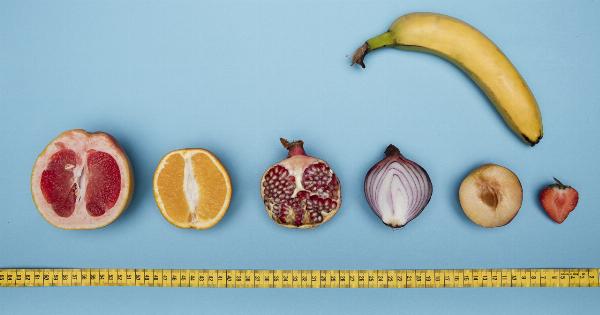The penis is a complex and fascinating organ that plays a crucial role in human reproduction and sexual pleasure. Throughout history, it has been subject to various interpretations, misconceptions, and cultural significance.
In this article, we will explore the evolution and functioning of the modern male sex organ, shedding light on its anatomy, physiological processes, and the role it plays in human sexuality.
The Structure of the Penis
The penis consists of several key components, including the root, shaft, and glans. The root attaches the penis to the pelvic bones and contains the bulbospongiosus and ischiocavernosus muscles, which aid in erection and ejaculation.
The shaft, also known as the body, is composed of three cylindrical chambers of spongy erectile tissue: two corpora cavernosa on the dorsal side and the corpus spongiosum ventrally, which surrounds the urethra. The glans, often referred to as the head of the penis, is highly sensitive and plays a significant role in sexual pleasure.
Penile Erection: A Complex Mechanism
The ability to achieve and maintain an erection is essential for sexual intercourse. Erection is a complex physiological process involving a combination of hormonal, neurological, and vascular factors.
When sexually stimulated, the brain releases certain chemicals that trigger the release of nitric oxide in the penile arteries. Nitric oxide then relaxes the smooth muscles within the corpora cavernosa, allowing the chambers to fill with blood and resulting in an erection.
Ejaculation: The Release of Semen
Ejaculation is the expulsion of semen from the penis, typically accompanied by orgasm. It occurs in two distinct phases: emission and expulsion.
During emission, the prostate gland, seminal vesicles, and vas deferens release seminal fluids into the urethra. This mixture, known as semen, provides nourishment and motility for sperm cells. The expulsion phase follows, where rhythmic contractions of the pelvic floor muscles force the semen out of the urethra in a series of pleasurable spasms.
Role of the Penis in Reproduction
The primary biological function of the penis is to deliver sperm into the female reproductive tract for fertilization. During sexual intercourse, the penis becomes erect, allowing it to penetrate the vagina.
As the man reaches orgasm, rhythmic contractions propel sperm from the testes, through the vas deferens, and into the urethra for expulsion. From there, the journey of sperm cells continues towards the cervix, uterus, and fallopian tubes, where fertilization may occur if conditions are optimal.
Sexual Pleasure and Sensitivity
The penis is highly sensitive and plays a crucial role in sexual pleasure. Various areas of the penis, such as the glans and shaft, contain a dense network of nerve endings.
These nerve endings transmit signals to the brain, resulting in pleasurable sensations during sexual stimulation. Understanding the erogenous zones of the penis and their responsiveness to different types of touch can enhance sexual experiences and intimacy between partners.
Common Misconceptions About the Penis
Over the centuries, numerous misconceptions surrounding the penis have circulated. Some of the most common misconceptions include:.
- Penis Size Determines Masculinity: Contrary to popular belief, penis size has no correlation with masculinity or sexual prowess.
- Circumcision Affects Sexual Functioning: While circumcision is a personal and cultural choice, it has minimal impact on sexual functioning.
- Semen Quantity Determines Fertility: The quantity of semen released during ejaculation does not necessarily affect fertility.
Penis Health and Care
Maintaining proper penis health is crucial for overall well-being and sexual satisfaction. Some essential tips for penis care include:.
- Hygiene: Regularly washing the penis with mild soap and warm water can help prevent infections and maintain cleanliness.
- Protection During Sexual Activity: Proper use of condoms and practicing safe sex can reduce the risk of sexually transmitted infections (STIs).
- Safe Masturbation: Using lubrication and avoiding aggressive or rough techniques can prevent irritation or injury during solo sexual activities.
- Regular Medical Check-ups: Seeking regular medical check-ups can help detect any abnormalities or underlying health conditions affecting penile health.
The Future of Penile Research and Innovation
Advancements in medical research and technology continue to drive innovation in the field of penile health and sexual function.
From the development of new medications for erectile dysfunction to potential advancements in regenerative medicine, the future holds promising possibilities for further understanding and enhancing the functioning of the modern male sex organ.





























